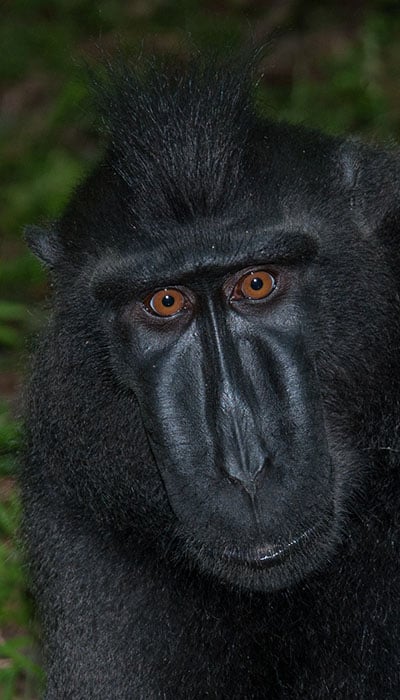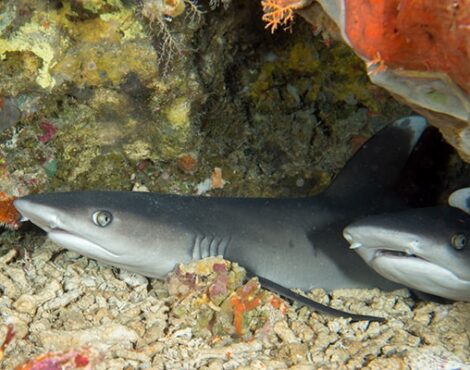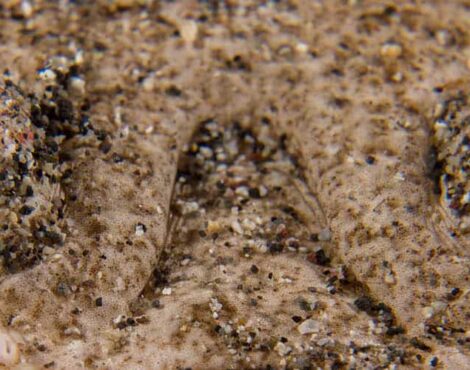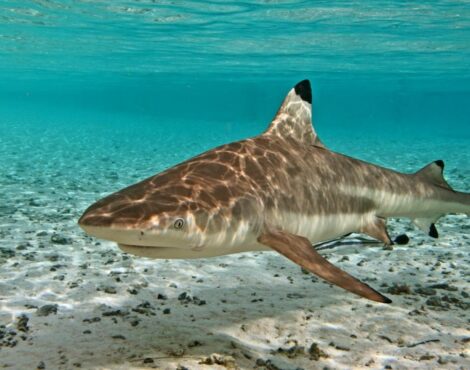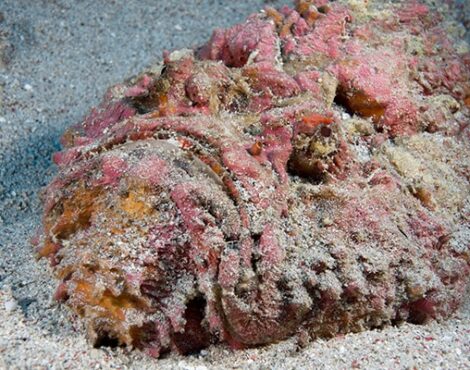Marine Paradise: Discovering Bunaken National ParK
Bunaken National Park was among the first of Indonesia’s ever growing system of marine parks. As a marine park it is naturally dominated by marine ecosystems such as fringing reefs, intertidal flats, mangroves and open waters. As 97% of the park is marine habitat, it is easy to forget about the 3% of the national park that is terrestrial, even if that 3% also happens to contain Siladen Resort & Spa. While the park is famed for its incredible diversity of marine life, there is also a lot of life living above the surface too.
Hidden Gems: Terrestrial Life in the Park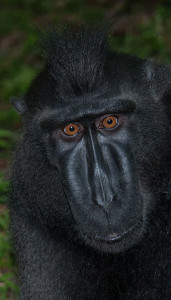
The extremely rare Crested Black Macaque lives in small numbers in the untouched primary forest at the summit of Manado Tua, tiny Tarsiers can be found dwelling in the tangled roots of strangler fig trees on Mantehage, the shrill scream of fruit bats echo throughout the night around Siladen, and exceptionally shy civets are known to live on Bunaken, with only their distinctive droppings providing proof of their existence.
Avian Wonders: Birdwatching in the Mangroves
Bird life it prolific throughout both the marine and terrestrial environments, with at least 30 bird species recorded in the mangrove sections alone. Frigates can be spotted soaring over the open waters looking for schools of fish, herons and storks frequent the sea grass meadows at low tide, and osprey and sea eagles are regular sightings above the reef edge, waiting for the opportunity to dive and catch a fish. As we are based in a secluded part of the park, many of the bird species go about their usual daily business unaffected by our presence.
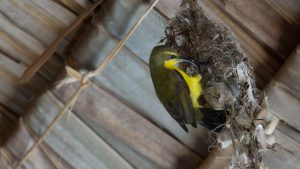 The Olive-backed Sunbird is regularly spotted around the resort, although it is frequently confused with humming birds (which can only be found in the Americas) due to their bright colour, feeding habits, and ability to hover momentarily. These birds are often very bold, building their nests close to, or even inside human habitation, which is exactly what happened a couple of weeks ago in the lounge bar!
The Olive-backed Sunbird is regularly spotted around the resort, although it is frequently confused with humming birds (which can only be found in the Americas) due to their bright colour, feeding habits, and ability to hover momentarily. These birds are often very bold, building their nests close to, or even inside human habitation, which is exactly what happened a couple of weeks ago in the lounge bar!
Encounters with Olive-backed Sunbirds: A Nesting Story
Sunbirds form monogamous pairs and they both work hard to build the nest out of dead leaves and twigs. Although nests may appear messy from the outside, the inside is usually laced with soft fluffy seeds for maximum comfort. Once the nest is finished, the female will lay two green-blue eggs and she incubate them while the male collects food for her and protects the nest. After around 1 week of incubation, the eggs will hatch, and now both parents will look after the young. Hatchlings will usually stay in the nest for around 3 weeks, after which they will fledge, and the nest will be abandoned.
Check out this video taken from when the birds were building the nest. Now the female is always sat in the nest, so hopefully in a few days we will have some new residents. Stay tuned for updates on our feathery friends.
Olive-backed sunbird Nesting at Siladen Resort & Spa from Siladen Resort & Spa on Vimeo.

